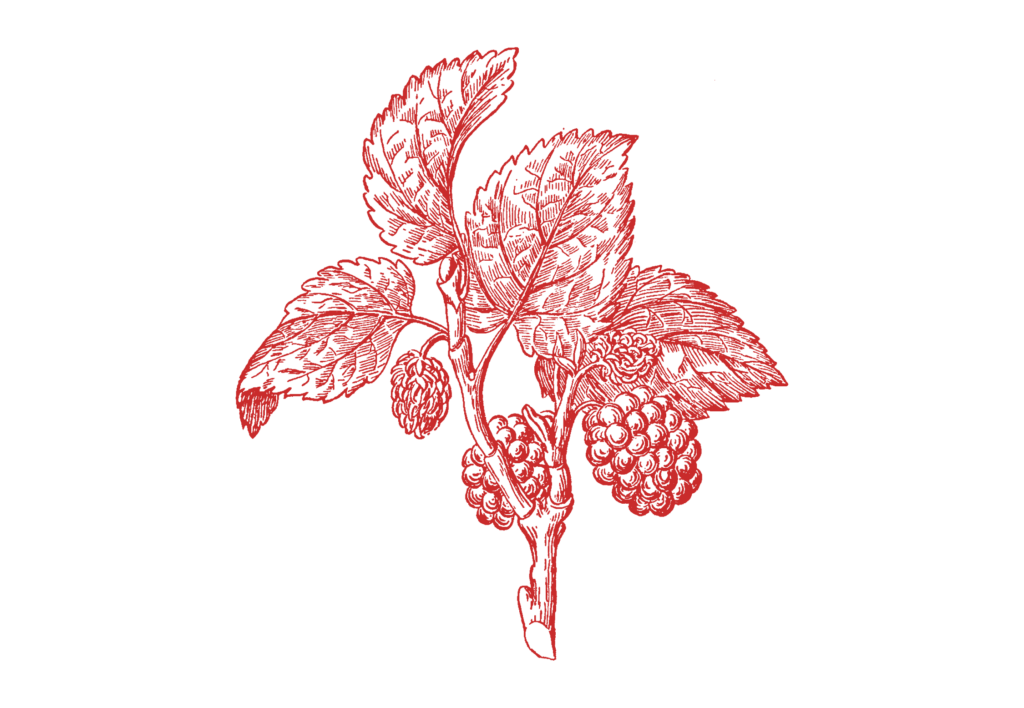
Chlorophyll

Peppermint

Lemon
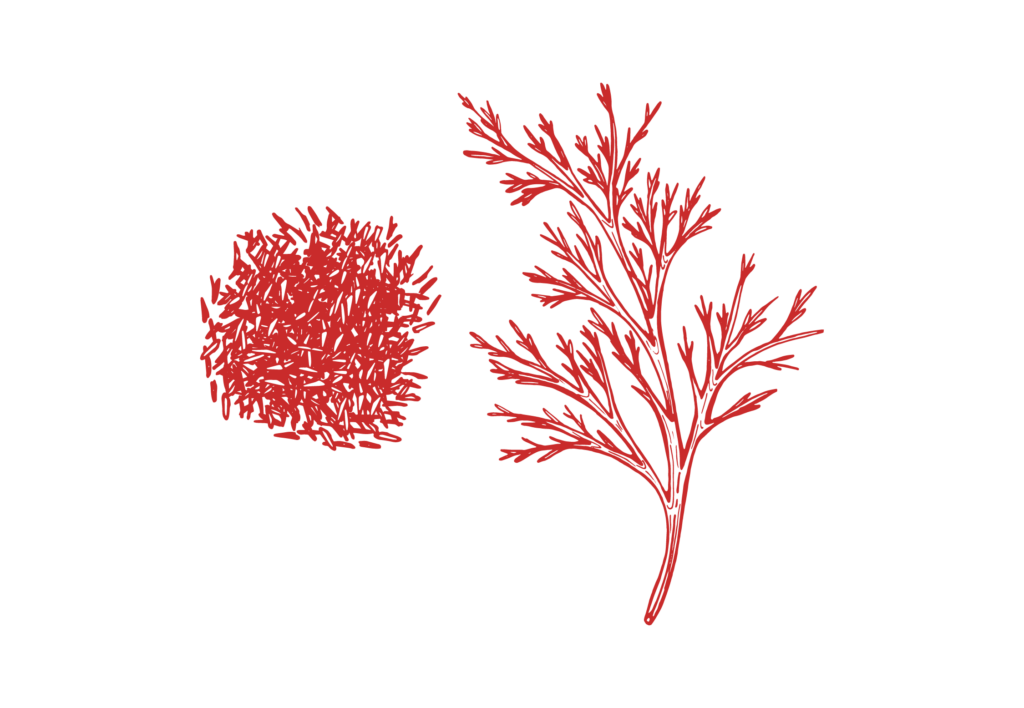
Sweet Fennel

Lemongrass
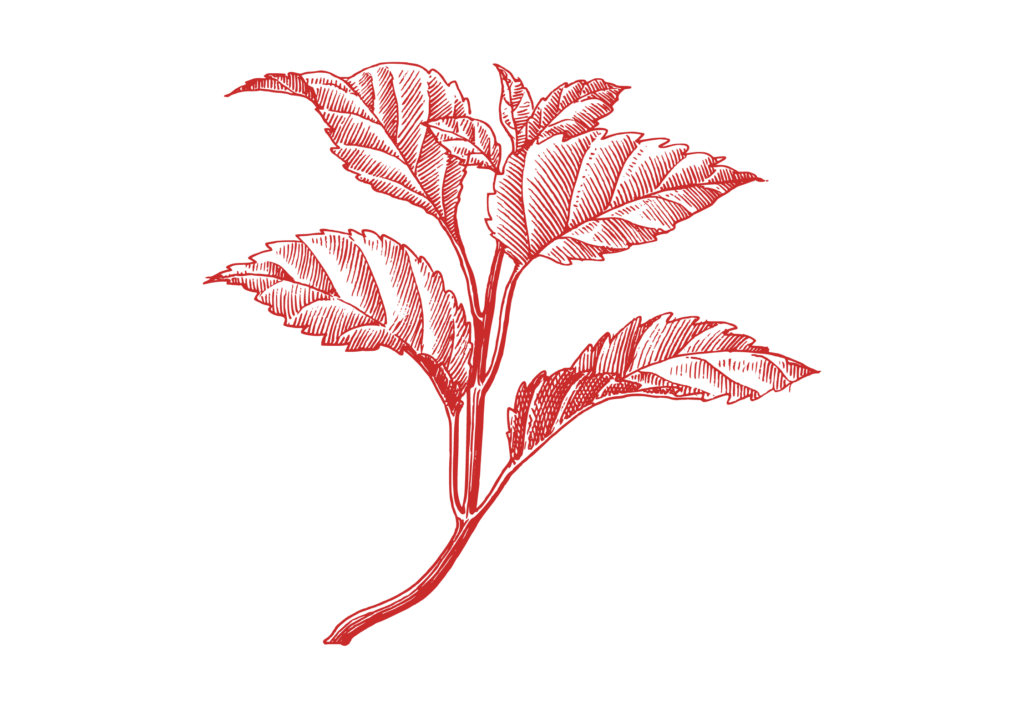
Melissa

Chlorophyll

Peppermint

Lemon

Sweet Fennel

Lemongrass
Debloat. Cleanse. Energize.
The gastrointestinal system is the main “portal” for taking in and processing nutrients, and it also serves as a communication center and disease fighter. From your nervous and immune systems to your mental health and digestive function, a healthy gut plays a pivotal role in your overall well-being.
Purified Water, *Glycerin (Organic Flax/Coconut-Derived), Sodium Copper Chlorophyllin from White Mulberry Leaf, *Peppermint Essential Oil, *Lemon Essential Oil, *Lemon Balm Essential Oil, *Sweet Fennel Essential Oil, *Lemongrass Essential Oil, Citric Acid.
*Organic Ingredients
- Debloat
- Regulate digestion
- Support clear skin
- Reduce bodily odors
- Neutralize/flush toxins
- Cleanse heavy metals
- Alkalize tissues
- Support healthy liver function
- Boost energy and clarity
- Fight oxidative stress
The intestine is one of the most highly regenerative organ in the human body, regenerating its lining, called the epithelium, every five to seven days. Continual cell renewal allows the epithelium to withstand the constant wear and tear it suffers while breaking down food, absorbing nutrients, and eliminating waste.
Trapped waste can potentially hinder this crucial cellular turnover, and may lead to uncomfortable and even damaging effects. Such waste can become toxic if not efficiently excreted and leach unwanted substances into the body. If the intestinal system cannot sufficiently or properly regenerate, damage to the lining may take place over time, thus allowing the stagnant toxins to improperly leach into other areas of the body.
Regulating digestion is thus one of the most vital components of our overall health, from the immune system to our mood to our cellular structures.
The intention behind the development of Detox was to support regular digestion and assist gastrointestinal health and rejuvenation. For example, peppermint oil has been known to sooth the muscles and lining of the gastrointestinal tract, thus helping relieve trapped gas and waste, while the chlorophyllin may neutralize trapped toxins along the way. Lemon oil is known for powerful detoxifying effects, and its constituents have a highly alkalizing effect on the body once they are broken down.
Suggested use of Detox is described in the section below the Deep-Dive. Please refer to the suggested use, as it is best to customize your servings based on your specific needs and biochemistry.
Marie utilizes detox to protect against the chemicals that run rampant in the environment and food supply. While Marie follows a healthy lifestyle and focuses on a nutritious diet for herself and her family, the fact remains that soils are depleted and unhealthy. Thus, the fruits and vegetables grown in such soil are not as nutritious or clean as many years ago. She chooses organic whenever possible, as organic produce contains more nutrients than non-organic. Though, she is aware that they are not necessarily free of pesticides and heavy metals. She is also aware of the many man-made chemicals we are inevitably exposed to daily.
Marie consumes chlorophyll concentrate in water every day, ranging from 1 -3mL. Usually, she puts 2mL in a 24 ounce water bottle to drink while working.
While Marie specifically utilizes the product for the cleansing and cellular benefits, she also noticed a significant reduction in bloating. She has taken chlorophyll almost every day for a year, and she notes that she never feels bloated. She reports that her pants fit the same (comfortably) every day and she feels “lighter” and energized on a regular basis.
Kōkua’s extraction scientist is thrilled to offer this as her first development in expanding beyond hemp and cannabis in her product formulations. She had a specific intention to create a great-tasting, phytonutrient-packed recipe targeting gut health and cellular restoration and protection. She developed this proprietary blend of botanicals via significant research in herbalism and medical journal publications, in addition to extensive experimentation.
Marie creates items that she confidently consumes for her health on a regular basis. Her family and friends use Detox regularly for everything from relieving bloat to reducing their toxic load to relieving constipation. Marie has been taking this product regularly for over a year, and it is a staple component of supporting her digestive and cellular health.
Chlorophyll is a pigment that gives plants their green color. Plants use chlorophyll along with sunlight to get their nutrients. Chlorophyll is chemically similar to hemoglobin, a protein that is essential in red blood cells as it carries oxygen around the body. One of the primary ways to include chlorophyll in the diet is by eating dark green leafy vegetables.
Chlorophyllin is a water-soluble form of chlorophyll. Chlorophyllin is derived from chlorophyll but bound to copper instead of magnesium. The water-soluble attributes of chlorophyllin may enhance absorption and utilization internally. Chlorophyll water is a convenient and effective way to boost your daily intake of this plant-powered green phytoactive.
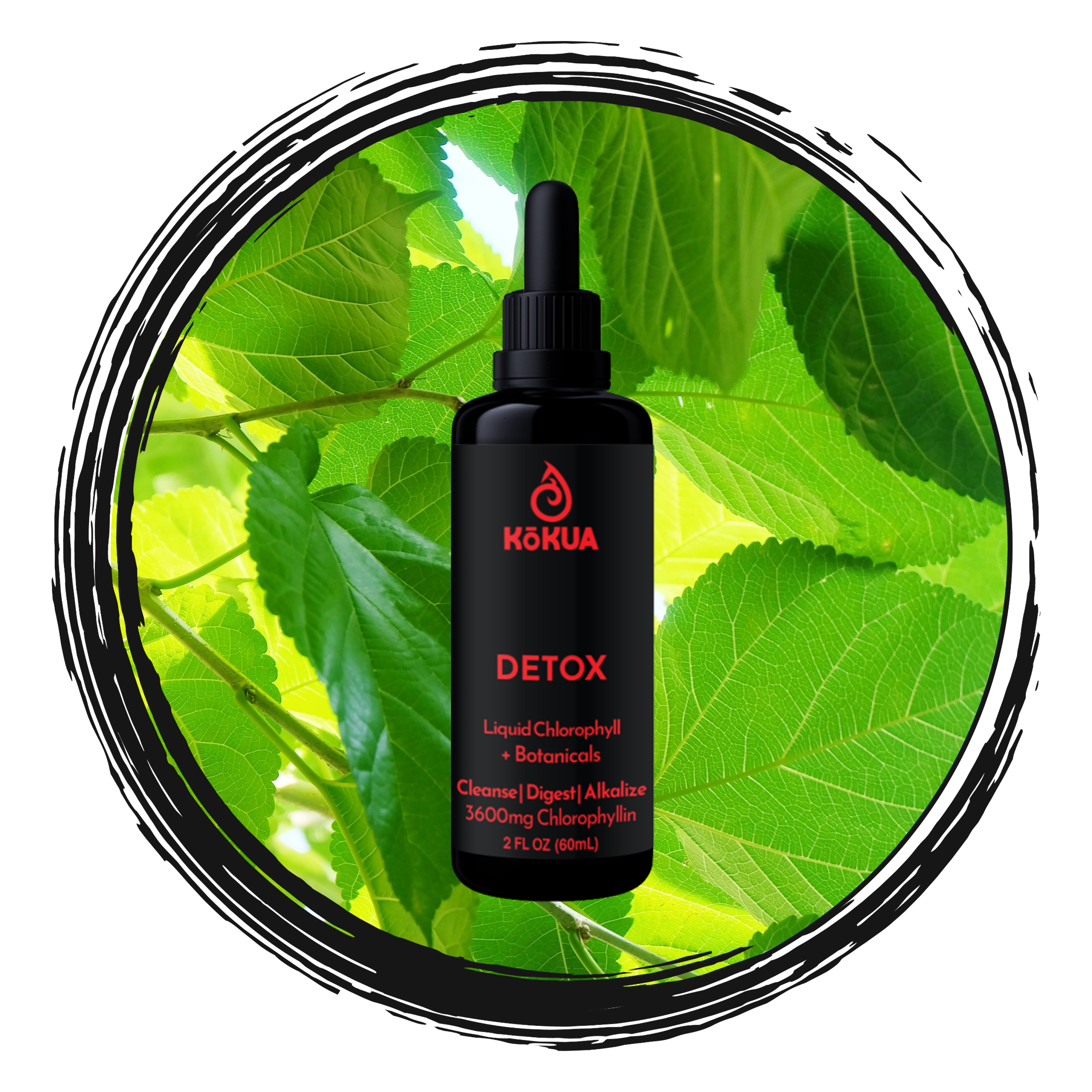
Deep-Dive into Detox

Chlorophyll
Chlorophyll may amplify the oxygen supply in the body on a cellular level, optimize energy production, boost overall metabolism, clear impurities and cellular waste, and support a strong lymphatic system.

Peppermint
Peppermint has antimicrobial properties and is used for anti-nausea benefits and soothing effects on muscles, the colon and the gastric lining. Peppermint is rich in antioxidants.

Botanicals
A proprietary blend of phytonutrients supports detoxification, debloat, and digestion. The functional botanical blend includes lemon, lemon balm, sweet fennel, and lemongrass.
Active Ingredients
White Mulberry Leaf

Chlorophyll derived from White Mulberry Leaf is in the water-soluble form, sodium copper chlorophyllin. Chlorophyll ingestion may amplify the oxygen supply in the body on a cellular level, optimize energy production, boost overall metabolism, clear impurities and cellular waste, and support a strong lymphatic system. It may also aid gut flora, stimulate organs, and aid mental clarity. Consumption of antioxidants encourages the body’s scavenge of free radicals responsible for causing oxidative stress, cell damage, and aging.
Chlorophyll is a potent antioxidant that may bind to toxins in the GI tract, including pesticides, herbicides, mycotoxins, etc., and potentially inhibit their absorption, thus assisting their removal.
Peppermint Essential Oil*

Records of the medicinal use of mint plants go all the way back to the times of Ancient Egypt, Greece, and Rome. Peppermint essential oil has antimicrobial properties and is used for anti-nausea benefits and soothing effects on muscles, the colon and the gastric lining. Peppermint may help reduce abdominal pain from GI tract issues. Rich in antioxidants, peppermint can help protect the body from damage to cells caused by free radicals.
*Organic
Sweet Fennel Essential Oil*
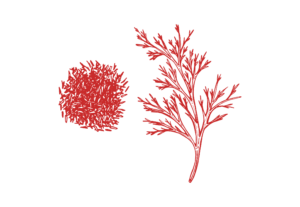
Sweet Fennel demonstrates the ability to reduce intestinal spasms and increase motility of the small intestine. Fennel oil aids digestion by stimulating the secretion of digestive juices. It can also help balance the pH level within the stomach, thereby reducing acid reflux after meals.
*Organic
Lemon Essential Oil*
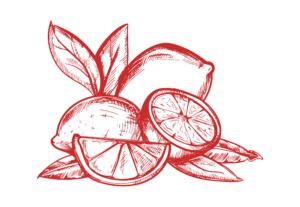
Studies have shown that lemon raises norepinephrine, the neurotransmitter responsible for clarity, focus and motivation. Lemon oil aids the processes of flushing the toxins from the body and restoring the liver. It is shown to be beneficial for digestive health, weight management, mental health, balancing body pH, anti-aging properties, liver detoxification, urinary tract cleanse and more.
*Organic
Lemon Balm Essential Oil*

Lemon balm, also referred to as Melissa, is known to ease stress and anxiety. This member of the mint family contains a compound called rosmarinic acid that appears to have antimicrobial properties. Lemon balm may relieve stagnant digestion, ease abdominal cramping, and promote the overall digestive process. Research suggests that ingesting lemon balm could have beneficial metabolic effects, slowing fatty acid synthesis (a process that creates fatty buildups in the body).
*Organic
Lemongrass Essential Oil*

Lemongrass has been known as a treatment for stomach distress, gastritis, and gastric ulcers. Lemongrass has antibacterial and antifungal properties.
*Organic
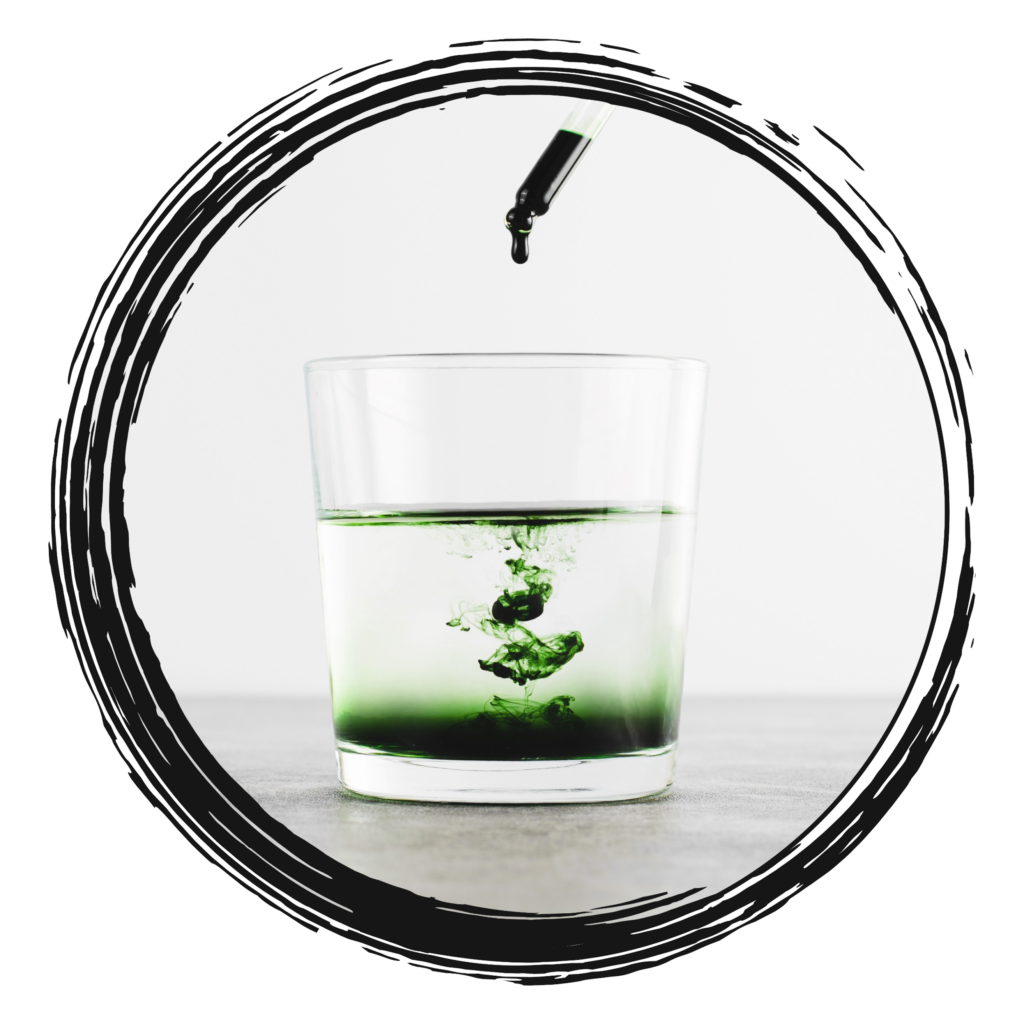
How To Use
- Shake bottle well before each use.
- Drop 1 dropperful (1mL) of this liquid chlorophyll concentrate into 12 – 16 ounces of purified water.
- Mix well.
- For best results, take up to 3 servings (3mL) in water daily.
Consistency is key to support overall health, and the benefits of Detox compound with cumulative use. Between 100 – 200mg (2-3mL) of chlorophyllin is suggested for daily intake. Do not exceed 300mg (5mL) per day.
Chlorophyll concentrate contains a green pigment and may stain fabrics, clothing, and surfaces. Pigment may stain teeth if not diluted properly. Use only as directed. It is normal for stool to be green upon consistent use of this product. For adult use only. Keep out of reach of children.
Your wellness needs will be custom to your unique biochemistry, environment, and daily routine. Questions about dosage and how to take Detox? We are here to support you. Reach out to us anytime!
REFERENCES
Chlorophyllin is a water-soluble form of chlorophyll that may detoxify the harmful chemicals that run rampant in the environment and food supply. It demonstrates the ability to neutralize toxic compounds in addition to protecting cellular DNA. Chlorophyllin hinders carcinogen-induced DNA adducts via formation of complexes with the toxins, thus limiting the ability of such chemicals to bind and mutate normal cells. [1-10 in reference section “Properties of Chlorophyllin.”]
Detox is a potent source of antioxidants, which scavenge free radicals in the body. Free radicals are unstable atoms that can damage cells, causing illness and aging. Antioxidants interact with and neutralize free radicals, thus preventing them from causing damage.
Science-backed research is referenced below supporting the powerfully restorative benefits and preventative properties of chlorophyllin.
Chlorophyll is a pigment that gives plants their green color. Plants use chlorophyll along with sunlight to get their nutrients. Chlorophyll is chemically similar to hemoglobin, a protein that is essential in red blood cells as it carries oxygen around the body. One of the primary ways to include chlorophyll in the diet is by eating dark green leafy vegetables.
Chlorophyllin is a water-soluble form of chlorophyll. Chlorophyllin is derived from chlorophyll but bound to copper instead of magnesium. The water-soluble attributes of chlorophyllin may enhance absorption and utilization internally. Chlorophyll water is an convenient and effective way to boost your daily intake of this plant-powered green phytoactive.
This section contains scientific information about Chlorophyll and Chlorophyllin. We are not medical professionals or experts and do not and cannot attest to the accuracy of any of the information provided on this page. The statements on this page have not been evaluated or approved by the FDA. This information on published research is not intended to be used for nutritional or medical diagnoses or treatment. The information provided on this page is intended for general interest only. The information provided is not intended to be a substitute for professional medical advice. You should not rely on this information as a substitute for, nor does it replace, professional medical advice, diagnosis, or treatment. If you have any concerns or questions about your health, you should always consult with a physician or other health-care professional. Do not disregard, avoid or delay obtaining medical or health related advice from your health-care professional because of something you may have read on this website. The use of any information provided on this page is solely at your own risk. The research, organizations, and studies mentioned on this page are not affiliated with our company. We are not responsible for, and we do not warrant or represent that the information in the published research is applicable to chlorophyllin’s use.
Chlorophyllin has been shown to detoxify toxins and deadly chemicals, in addition to protect DNA. Chlorophyllin provides defense against both natural and man-made chemicals that are increasingly prevalent in the environment and the food supply [1-3]. Chlorophyllin demonstrates the ability to bind to carcinogenic byproducts of aflatoxin metabolism, thus decreasing the bioavailability of such cancer-causing chemicals [4-5]. Studies demonstrate chlorophyllin’s potential to protect against the following types of cancer: oral, pancreatic, colon, bladder, breast, and stomach [6-10].
- Ferguson LR, Philpott M, Karunasinghe N. Dietary cancer and prevention using antimutagens. Toxicology. 2004 May 20;198(1-3):147-59.
- Williams DE. The rainbow trout liver cancer model: response to environmental chemicals and studies on promotion and chemoprevention. Comp Biochem Physiol C Toxicol Pharmacol. 2012 Jan;155(1):121-7.
- Nagini S, Palitti F, Natarajan AT. Chemopreventive potential of chlorophyllin: A review of the mechanisms of action and molecular targets. Nutr Cancer. 2015;67(2):203-11.
- Jubert C, Mata J, Bench G, et al. Effects of chlorophyll and chlorophyllin on low-dose aflatoxin B(1) pharmacokinetics in human volunteers. Cancer Prev Res (Phila). 2009 Dec;2(12):1015-22.
- Egner PA, Wang JB, Zhu YR, et al. Chlorophyllin intervention reduces aflatoxin-DNA adducts in individuals at high risk for liver cancer. Proc Natl Acad Sci U S A. 2001 Dec 4;98(25):14601-6.
- Vidya Priyadarsini R, Kumar N, Khan I, et al. Gene expression signature of DMBA-induced hamster buccal pouch carcinomas: modulation by chlorophyllin and ellagic acid. PLoS One. 2012;7(4):e34628.
- Konickova R, Vankova K, Vanikova J, et al. Anti-cancer effects of blue-green alga Spirulina platensis, a natural source of bilirubin-like tetrapyrrolic compounds. Ann Hepatol. 2014 Mar-Apr;13(2):273-83.
- Chimploy K, Diaz GD, Li Q, et al. E2F4 and ribonucleotide reductase mediate S-phase arrest in colon cancer cells treated with chlorophyllin. International journal of cancer. Int J Cancer. 2009 Nov 1;125(9):2086-94.
- Lihuan D, Jingcun Z, Ning J, et al. Photodynamic therapy with the novel photosensitizer chlorophyllin f induces apoptosis and autophagy in human bladder cancer cells. Lasers Surg Med. 2014 Apr;46(4):319-34.
- Smith WA, Freeman JW, Gupta RC. Effect of chemopreventive agents on DNA adduction induced by the potent mammary carcinogen dibenzo[a,l]pyrene in the human breast cells MCF-7. Mutat Res. 2001 Sep 1;480-481:97-108.
The studies below demonstrate the negative and detrimental effects of environmental toxins on our health. These toxins to which we are inevitably exposed can contribute to diabetes, heart disease, and cancer through induction of mutations to our DNA [1-5].
- Fosslien E. Cancer morphogenesis: role of mitochondrial failure. Ann Clin Lab Sci. 2008 Autumn;38(4):307-29.
- Auger C, Alhasawi A, Contavadoo M, et al. Dysfunctional mitochondrial bioenergetics and the pathogenesis of hepatic disorders. Front Cell Dev Biol. 2015 Jun 25;3:40.
- Lim, S, Cho YM, Park KS, et al. Persistent organic pollutants, mitochondrial dysfunction, and metabolic syndrome. Ann N Y Acad Sci. 2010 Jul;1201:166-76.
- Jia G, Aroor AR, Martinez-Lemus LA, et al. Mitochondrial functional impairement in reponse to environmental toxins in the cardiorenal metabolic syndrome. Arch Toxicol. 2015 Feb;89(2):147-53.
- Lee HK. Mitrochondrial dysfunction and insulin resistance: the contribution of dioxin-like substances. Diabetes Metab J. 2011 Jun;35(3):207-15.

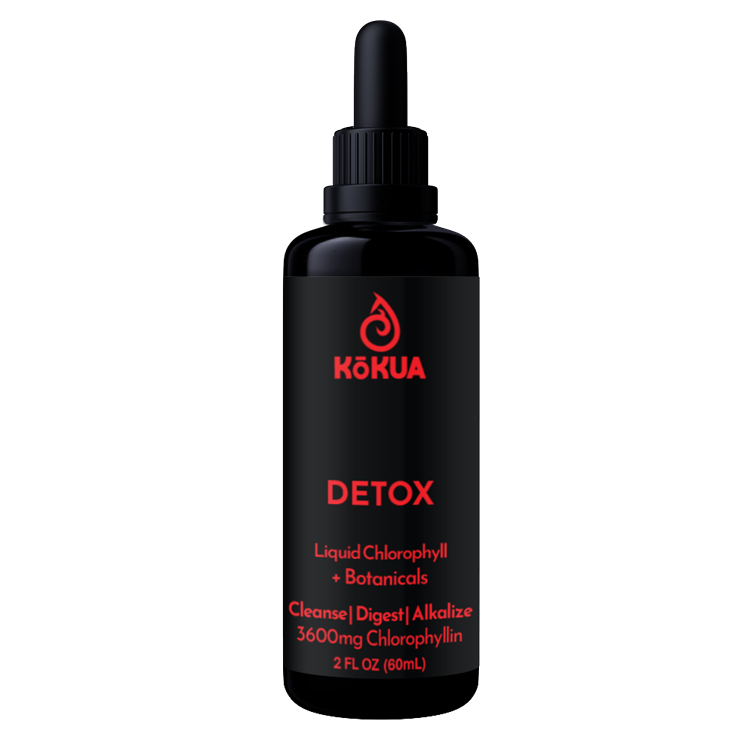
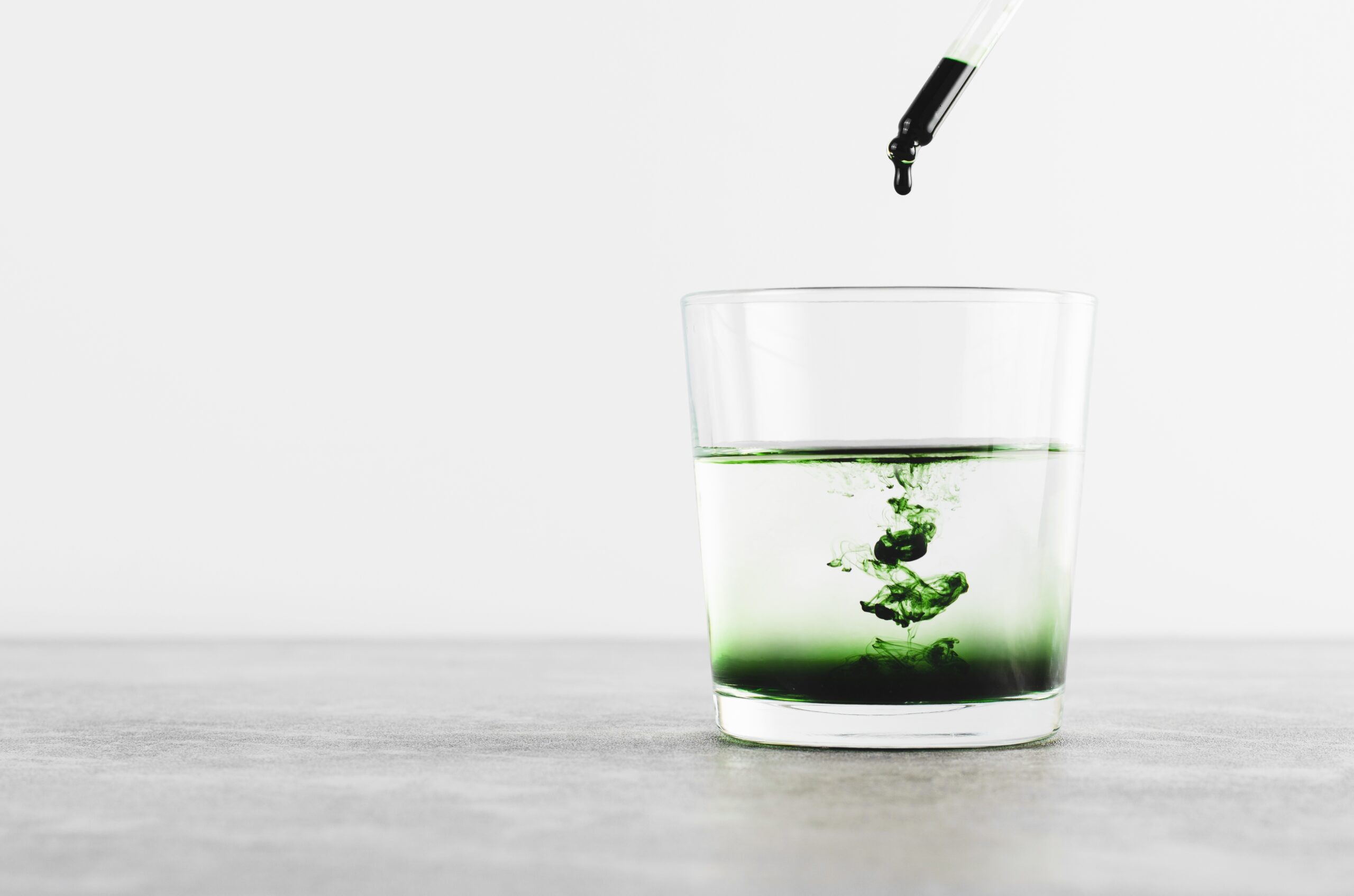


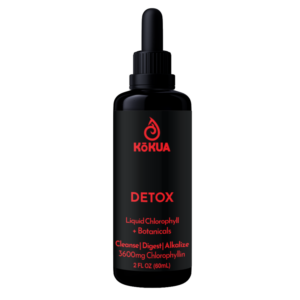
Reviews
There are no reviews yet.